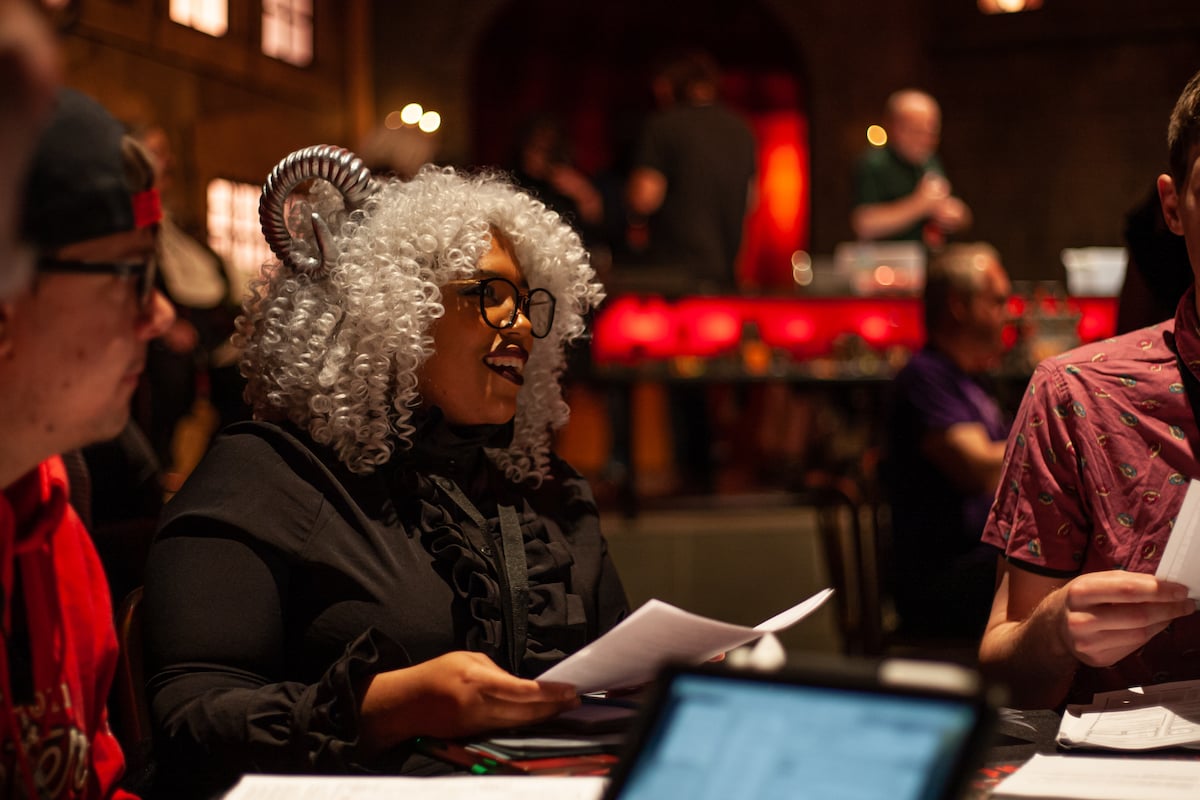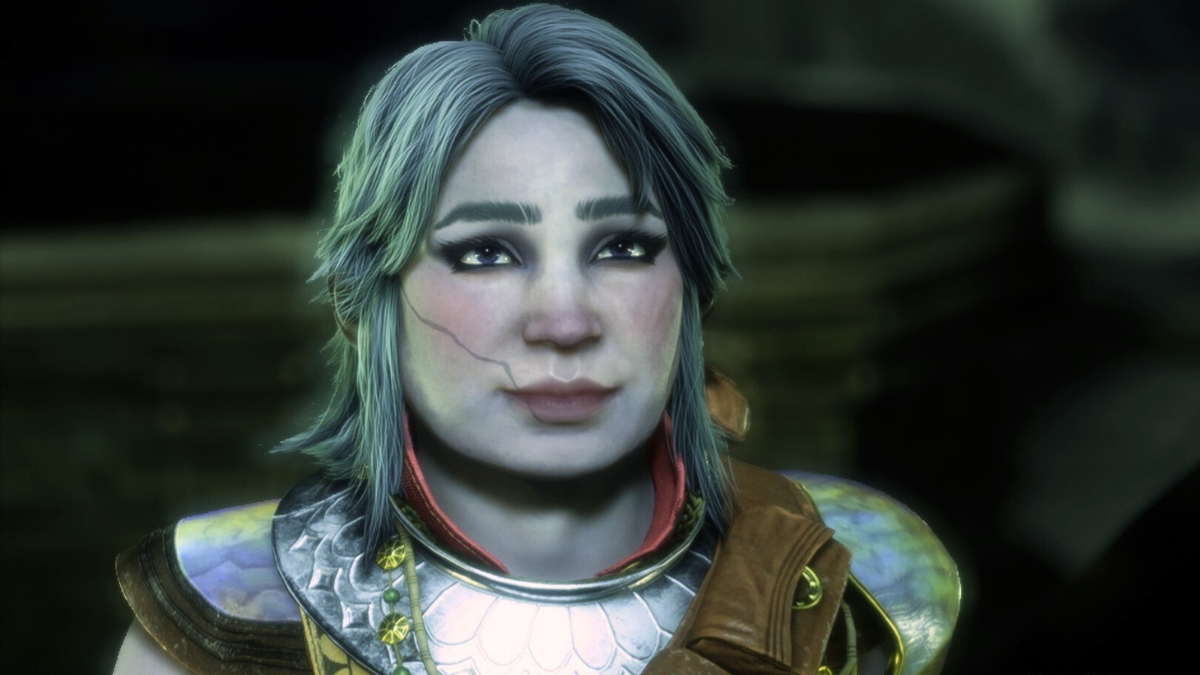In recent years, Dungeons and Dragons has made incredible strides when it comes to making sure women feel included and represented in the game. More than a year ago, I wrote about how women were leading the D&D renaissance, and how that was due–among other factors–to an increase in women both working on the game as creators and playing publicly for audiences on Twitch and other platforms.
But “women” as a monolith is not the end-all of inclusion. Going into the recent mega-event of D&D Live: The Descent, I was curious to see how the streamers and creators present felt about the evolution of intersectional representation.
Tanya DePass of Rivals of Waterdeep acknowledges that the rise of women playing and even hosting their own shows is a great thing, but sees the need for more women of color and LGBTQ+ folks. “It seems like when people talk about diversity in games, they go to women in games and then they stop. Here’s a pink controller. Here’s a women’s t-shirt. That’s as far as it goes,” she says. “Diversity is everyone. It’s not just race, it’s not just gender. It’s religion, it’s ability or disability, and I feel that there’s room for growth.”
Yes, the more women who not just play the game but become faces of the game on Twitch and other platforms, the better. But, as DePass says, “it’s not enough for me to see women, because it’s usually white women. It’s usually the same kind of women.”
Representation for all players is something the makers of D&D have been striving for (and continue to do so). In story and in art, the creators want to make it clear this is a game for absolutely everyone. It’s one thing to say as much, but they’re genuinely following through. A friend of DePass’ told her a story of being in high school and wanting to play D&D–specifically, wanting to play a paladin. “One of the guys that ran the game said, ‘Paladins don’t look like you,'” DePass tells me. When her friend, then a black teenage girl, asked what paladins look like, they pointed to a white blond male.
DePass told me of the absolute feeling of “Here, take my money” upon seeing the 5th Edition Players’ Handbook choose a black woman as the visual representation for the entire human race.
The books have definitely come a long way. Real inclusion–not just tokenized representation–is a major focus of the game’s 5th edition. Just as the image of a Black woman is the default image for all humans, women, PoC, and LGBTQ+ characters all exist in these worlds without needing to justify their presence.
Senior game designer Jeremy Crawford told me that “as the gay person on the team overseeing the creation of those books and working on the subsequent books, that has been my big goal constantly, to have LGBT people just exist.”
That means this is a game “where there doesn’t have to be a special comment about us, there doesn’t have to be a prologue before we walk into the room: ‘Beware, a gay person is about to enter the room who needs special justification to be in the story.’ In real life, there isn’t a preface to explain the reason for my presence,” says Crawford. “We want the same to be true for our characters in our D&D stories.”
Relics and Rarities’ Deborah Ann Woll talked about how exciting it is to see that sort of representation baked organically into the storylines, “like when you walk into a town, and randomly, the male inn owner has a husband.” Her costar Xander Jeanneret notes that “that might be the exposure to queer people that non-queer people have at their table” as well. And all of that, Jeanneret says, allows queer players to feel like they have a sense of ownership of the game. Sure, there’s still some gatekeeping nonsense that we all encounter, but he sees young queer people pushing back, saying “No. This is an outlet for us.”
So representation in the books encourages more marginalized people to play, and to play publicly, which then encourages increased representation in future editions and storylines. Is one–IRL rep vs. the books–more important than the other, or more influential in making sure as many people as possible feel comfortable and welcome in the world of D&D? If there’s an answer to that question, no one seems to know it. But seeing yourself represented in the game in any form is powerful, so the more it happens, the better.
“Representation is not just knowing that we exist,” says DePass. “It’s seeing yourself constantly.”
(image: Ben James Schuh on behalf of Wizards of the Coast)
Want more stories like this? Become a subscriber and support the site!
—The Mary Sue has a strict comment policy that forbids, but is not limited to, personal insults toward anyone, hate speech, and trolling.—










Published: Jun 12, 2019 03:46 pm